Leaf Rubbing Habitat
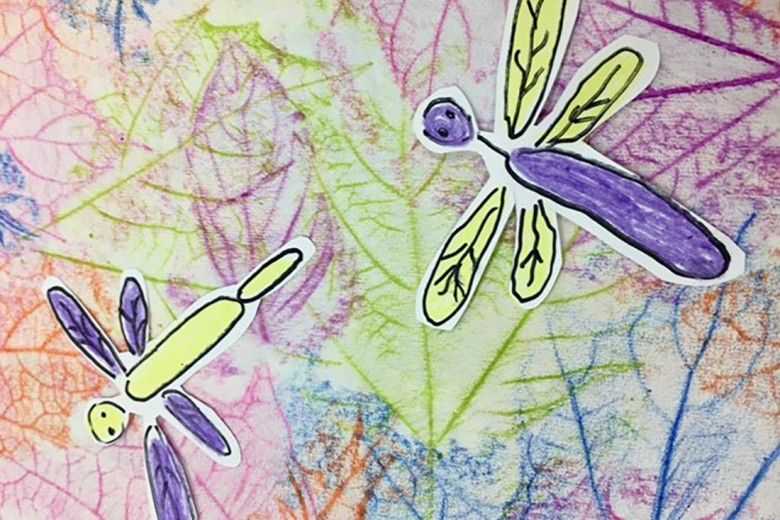
The Brandywine Valley is lush with plant life, especially in the summer months. Using collected leaves you find outside, follow the instructions below to create a colorful work of art! Adding pollinators fluttering about gives your artwork another dimension.
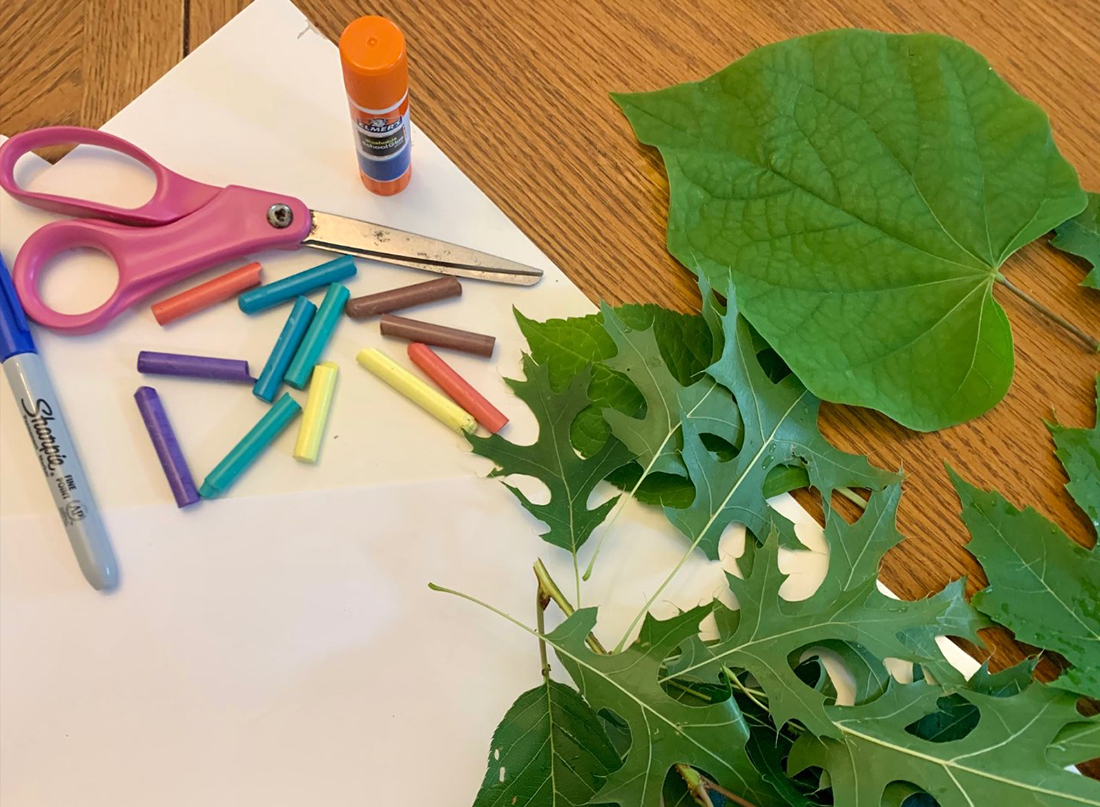
Gather your supplies:
- White paper, medium weight (such as construction paper)
- Crayons, broken, older ones with the paper wrapper removed
- Scissors
- Glue stick
- Dark colored marker
- Freshly picked leaves in a variety of shapes and sizes
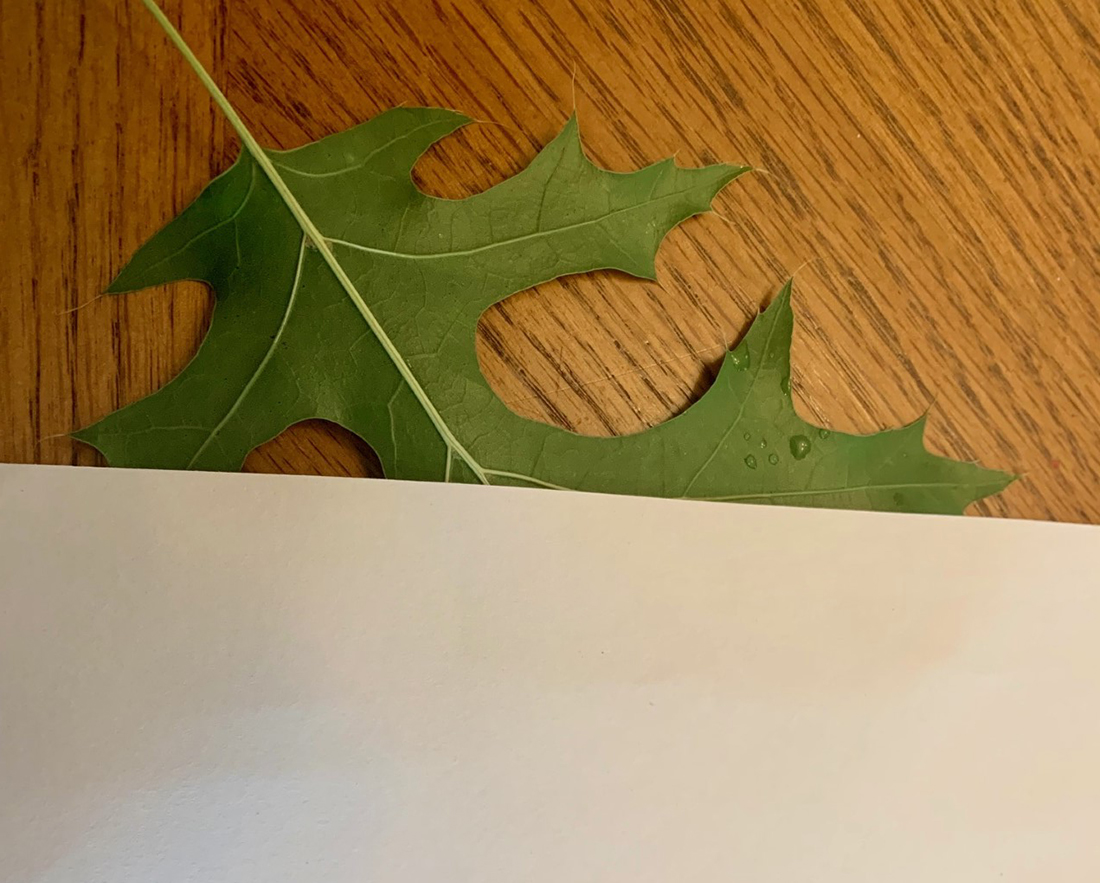
Step 1:
Place a leaf with the vein side up and lay the white paper on top of the leaf.
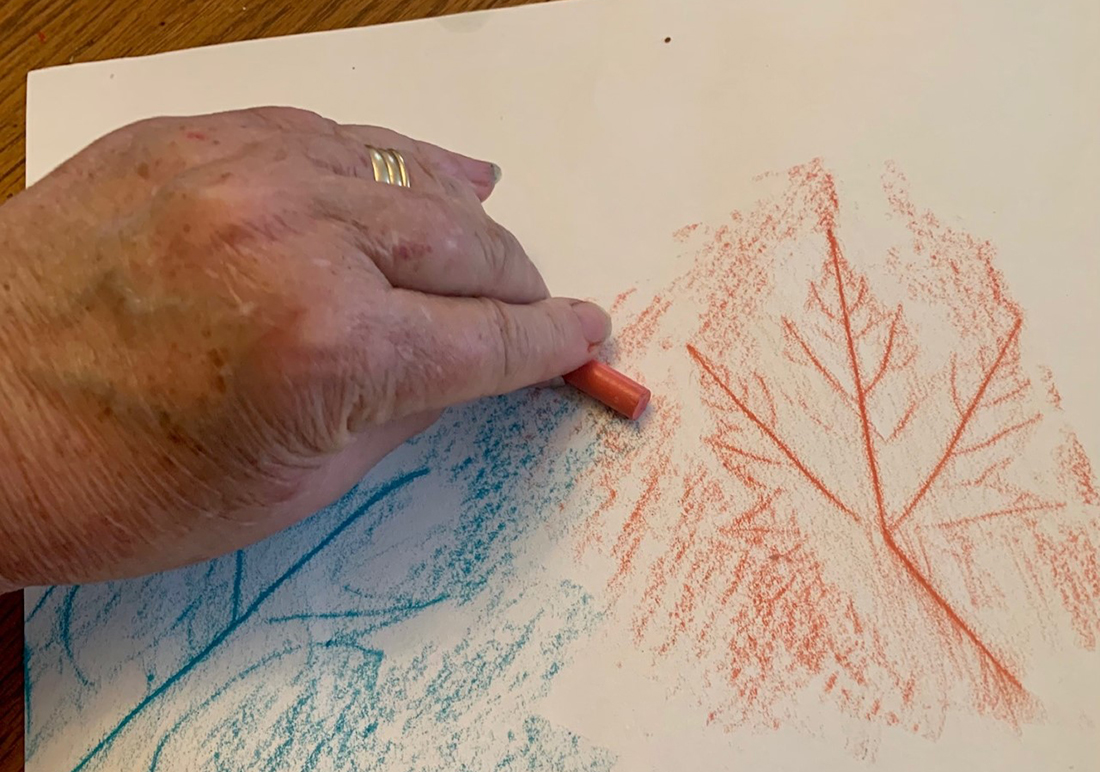
Step 2:
Holding a crayon sideways (not like a pencil) and being careful not to move the leaf underneath the paper, rub the side of the crayon on your paper hard enough to reveal the texture of the leaf below. When you finish with your first leaf, repeat the process with another leaf and color on another section of your paper. Be creative in your design - you can make a border, change colors, make a pattern - whatever you want!
Pro tip: It’s okay if the colors overlap – see what happens! Some leaves work better than others so you will need to experiment to see which of your leaves work best.
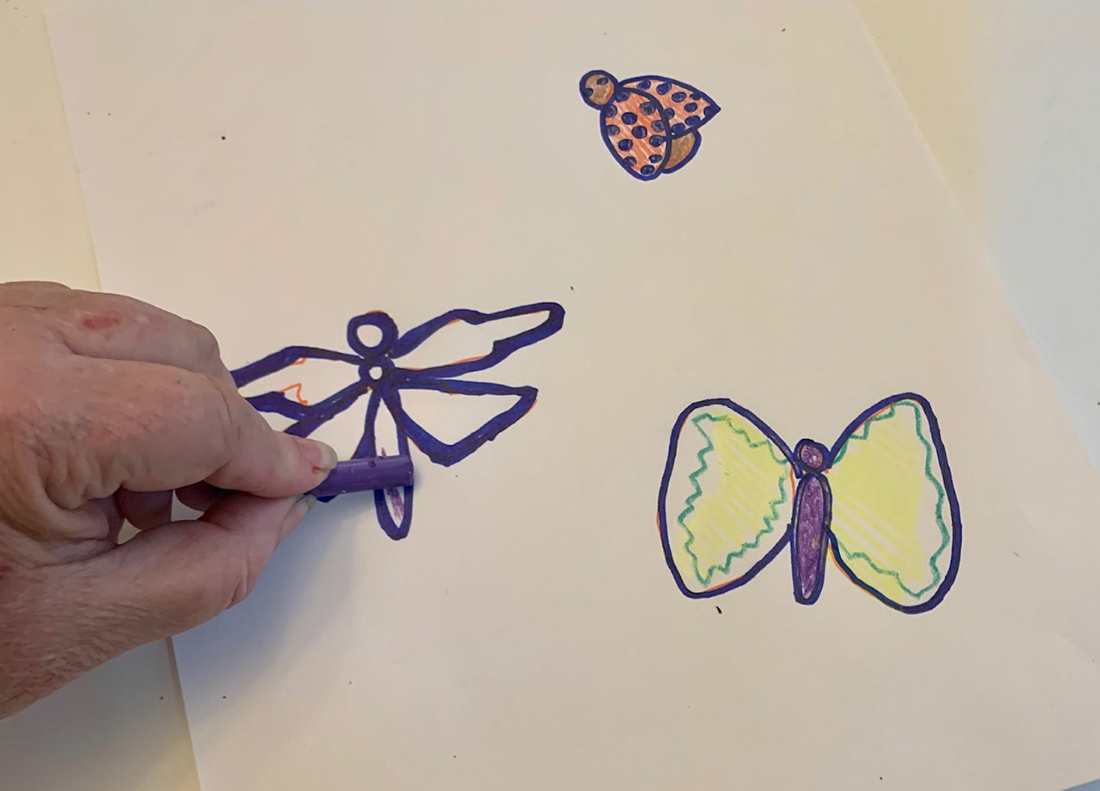
Step 3:
Draw several insects such as butterflies, ladybugs, or dragonflies in any size you like. Outline your creatures with a dark marker so they stand out and color them to complement your leaves. Antennae can be difficult to cut out, so it may be easier to draw them on after the next step.
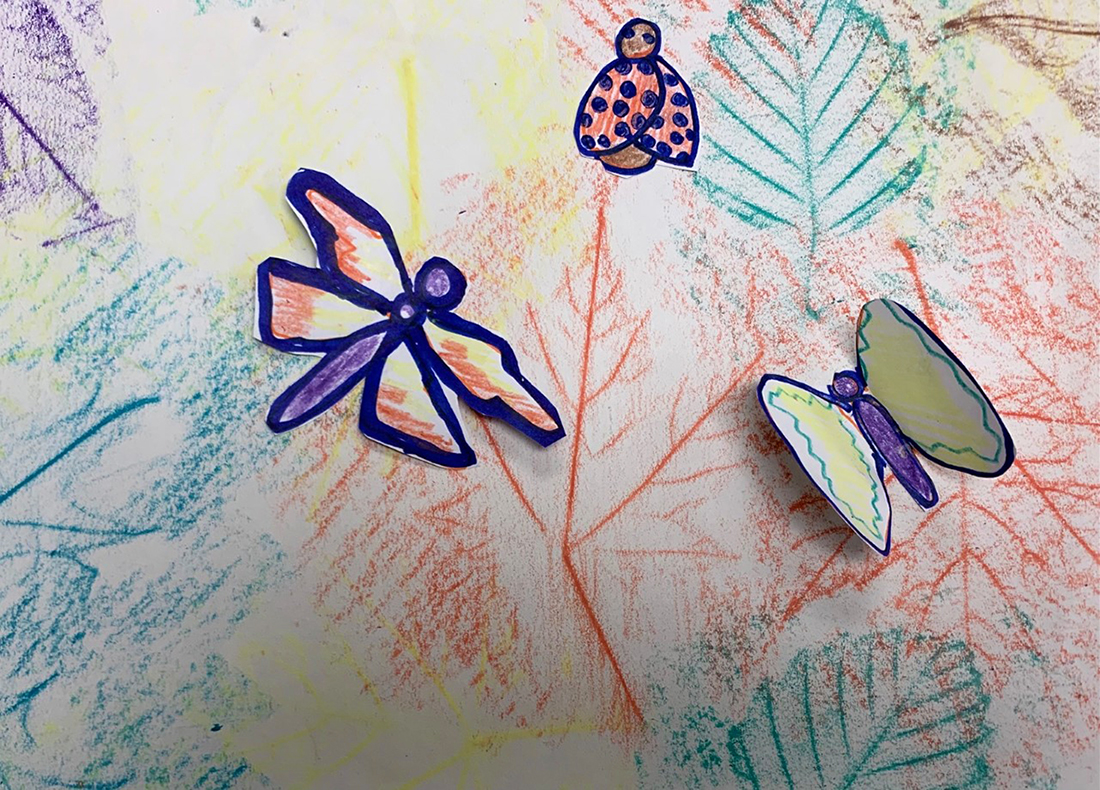
Step 4:
Cut out the insects and let them settle into their habitat by gluing them onto your colored page (you won’t need much glue, so use it sparingly). If you wish to create a 3D effect, you can fold their wings up and only glue their body down to the page.
Enjoy the beauty of your new insect habitat! You can further learn about the leaves you chose by using a book or app to learn what species they are. Some of the types of trees along the Brandywine River include black willow, silver maple, red maple, pin oak and sycamore. Wetland shrubs such as arrowwood, silky dogwood and spicebush are common. See what types of leaves you can find and identify!